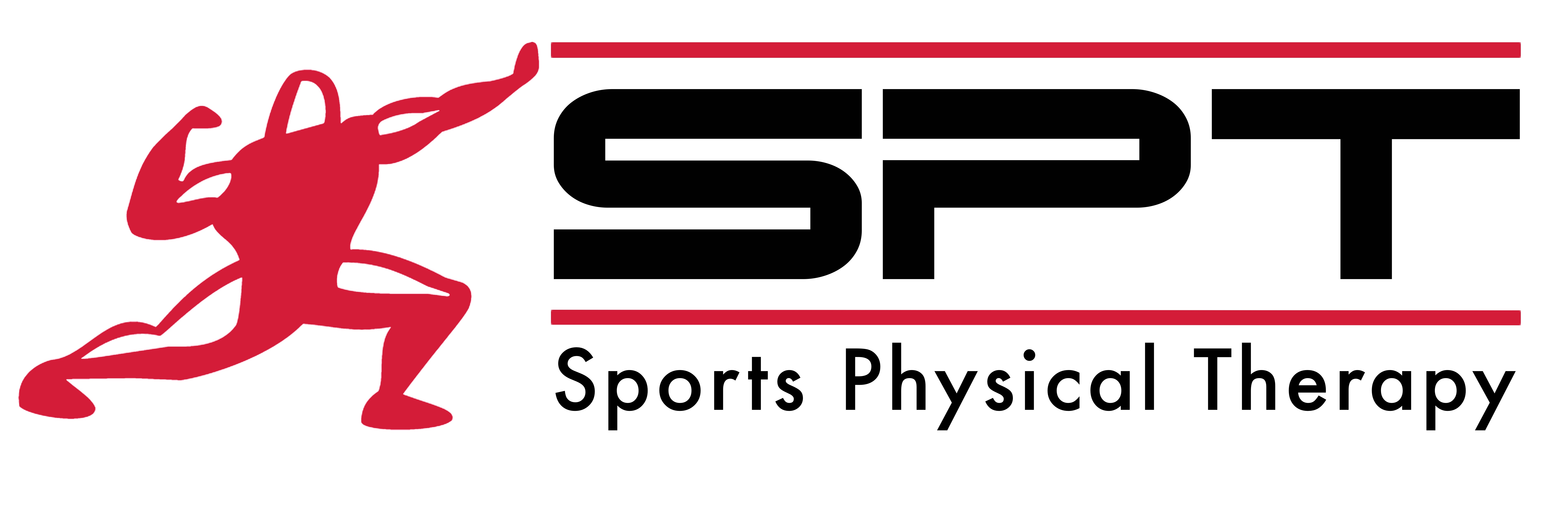Stay in the Game: How Physical Therapy Helps Prevent Injuries This Fall
As the temperature drops and athletes head back to the court, field, or gym, fall becomes one of the busiest—and most important—times to take care of your body. Whether you’re playing in a recreational league, training for a competition, or just staying active outdoors, the combination of cooler weather and higher intensity can put extra stress on your muscles and joints.
At Sports Physical Therapy, we see fall as the season for prevention. It’s the time to reset, strengthen, and make sure you’re training smarter, not just harder.
Why Fall Can Be a Risky Season for Athletes
Transitioning from summer to fall often means changes in routine—different practice schedules, new training surfaces, and colder temperatures that make it easier to push too hard before your body is ready.
Cold muscles are less flexible and more prone to strain, especially during explosive movements like sprinting, jumping, or cutting. Add in tight schedules and reduced recovery time, and it’s easy to see why small issues can turn into bigger setbacks.
That’s where physical therapy makes all the difference.
The Role of Physical Therapy in Fall Sports
Physical therapy isn’t just about recovering from injuries—it’s about preventing them before they happen. At Sports Physical Therapy, we take a proactive approach that helps athletes of all levels stay healthy and perform their best throughout the season.
Here’s how:
1. Movement Assessments
Every athlete moves differently. Our team identifies imbalances, tight areas, and movement inefficiencies that can put stress on joints or muscles. By addressing these early, we help you move more freely and reduce unnecessary strain.
2. Strength and Stability Training
Strong stabilising muscles protect your body during quick or repetitive movements. We focus on strengthening your core, hips, and shoulders—the areas that support balance, power, and control during your sport.
3. Mobility and Flexibility Work
Mobility is your secret weapon for better performance. Through targeted stretches, myofascial techniques, and mobility drills, we help your body move through its full range safely and efficiently.
4. Recovery Techniques
From dry needling to soft-tissue work, recovery strategies play a huge role in how well you bounce back after practices or games. These methods help reduce tightness and restore natural motion so you can train consistently week after week.
How to Keep Your Body Performing This Fall
If you’re gearing up for fall sports, here are a few simple tips to keep in mind:
-
Warm Up Properly: Spend at least 10 minutes getting your heart rate up and activating key muscle groups before you play.
-
Hydrate Regularly: Cooler weather can be deceiving—you still lose fluids through sweat, so drink water throughout the day.
-
Schedule Rest Days: Recovery is where progress happens. Don’t skip it.
-
Listen to Your Body: Aches, stiffness, or fatigue are early warning signs that something needs attention. Address them early rather than pushing through.
When you combine these habits with a consistent physical therapy plan, your body performs better, recovers faster, and stays more resilient all season long.
Why Choose Sports Physical Therapy
At Sports Physical Therapy, we’re passionate about helping athletes and active adults move better, feel stronger, and stay in the game. Every session is one-on-one, built around your sport, your goals, and your schedule. Whether you need performance support, injury prevention, or recovery guidance, our team is here to help.
Fall sports shouldn’t be about setbacks—they should be about growth, confidence, and progress. Let’s make sure your body is ready for every challenge ahead.
📅 Book your Discovery Visit today to create a plan that helps you move smarter this season.
🔗 sportsptcenters.com/contact-us
📞 (425) 628-2031

